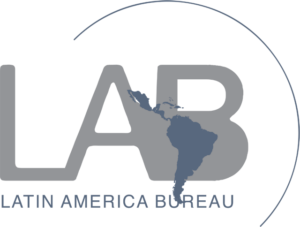A project called ‘Talking to Goliath’ has mapped social and environmental conflicts across the length and breadth of Mexico, caused by the development, expansion or operation of mining, oil exploration and drillling, wind-power and hydroelectric projects.
FLACSO Mexico, in partnership with De Montfort University, Leicester, UK has produced a detailed map of Mexico with coloured markers to indicate the site of each conflict reported in the press since 2006. The map is based on a comprehensive database of all conflicts identified.

The project (‘Talking with Goliath: participation, mobilization and repression in relation to neo-extractive and environmental conflicts’, to give it its full title) is described in more detail on its own website. A longer project document (In Spanish) can be downloaded here. A video presentation can be viewed here.
The research shows that the states with the highest number of violent incidents connected to mining are Chiapas, Oaxaca, Guerrero, Zacatecas, Puebla, Coahuila, Sonora, Durango y Michoacán. Conflicts around oil-fields are clustered mainly in Tabasco, Chiapas y Veracruz.
Most conflicts concern effects on the environment. Contrary to what is often stated, communities opposing mega-projects usually use institutional channels (law suits and injunctions), while it is communities seeking financial settlements which combine these methods with non-institutional ones such as occupations of installations or the offices of public bodies or companies.
The press reports collected in the database were written by 373 journalists. 18 per cent of these (67 journalists working for 40 media channels) had been the subject of threats or attacks, although it was not possible to establish whether these were derived directly from their reporting of socio-environmental conflicts or other matters.


